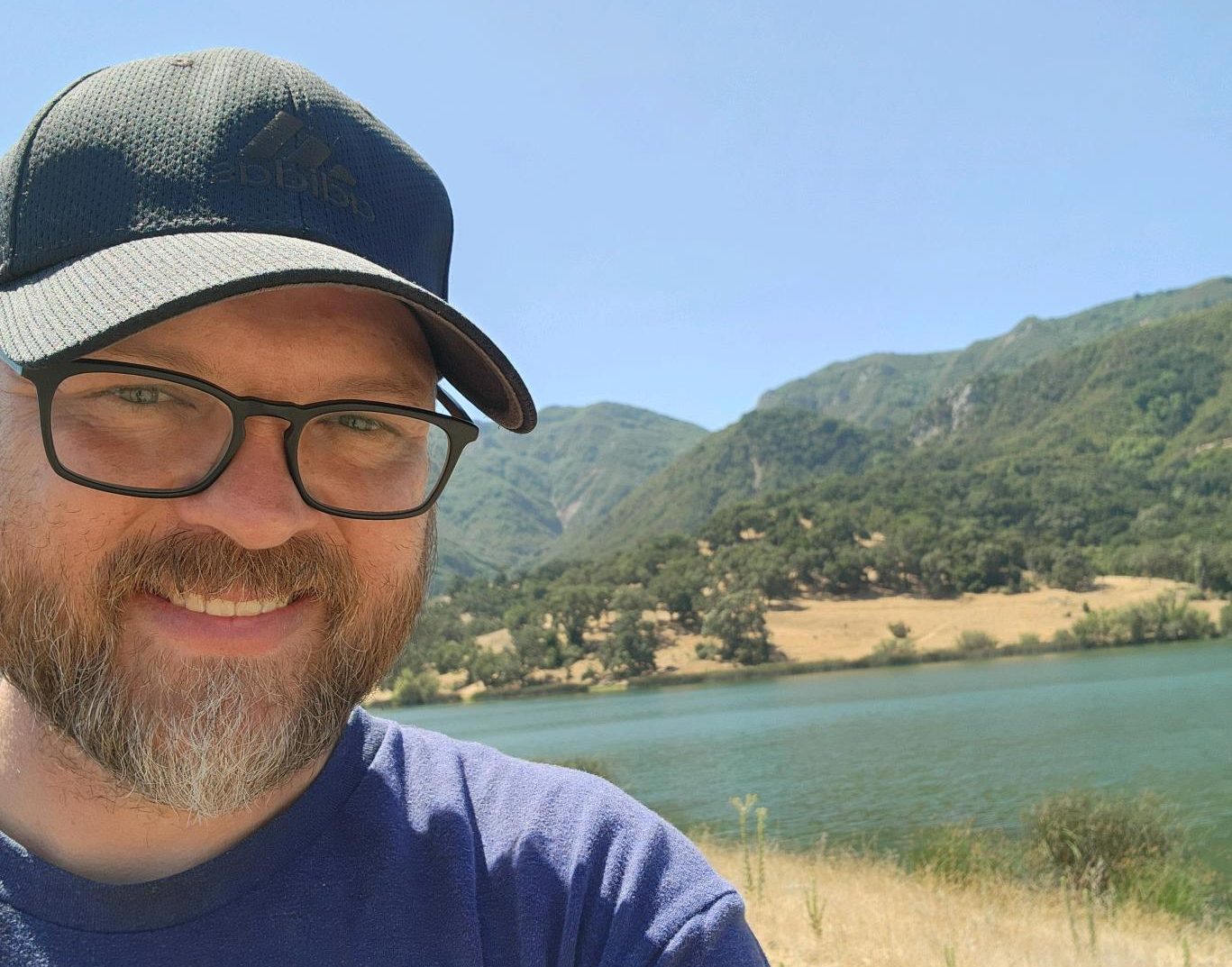Both locally and nationally, we’ve seen increasing division in our communities and culture around political and social matters. These divisions erode our trust in one another and our institutions, like our schools, and can fester into open conflict and hostility if left unchecked. Let’s talk about how they affect our schools and what we can do to keep our students and staff feeling safe, welcome and supported through these challenges and opportunities for growth.
Are students paying attention? Yes, more and more!
As the father of a teen, I have the privilege of learning about and experiencing how the youth of today are engaging with issues around politics and power; wealth, class and prosperity; culture and identity; climate and environment; and race, ethnicity and heritage. The students in our schools today have greater access to unfiltered information than ever before in their back pockets. We’re seeing greater levels of engagement in social and political issues and more activism at younger ages.
“Constant exposure to grim realities has primed Gen Zers to deal with hardship proactively.”
How’s that for startling quotes?
Awareness travels faster today. Algorithms deliver preferential content that reinforces our intrinsic biases. The potential for small, local issues to go viral and become much greater, national or global awareness events and movements is massive.
Social and political issues in the school district
At the Santa Ynez Union High School District (SYVUHSD) in the last two years, we’ve experienced social and political issues coming from the governing board and administration. Where the district leadership should have been working to unify our campus and foster a sense of acceptance and belonging, they repeatedly attacked the district’s most vulnerable individuals and groups. Their actions have sparked protests and a walkout from students, unrest in the community, the dissolution of a longstanding institution supporting students, and the resignation and departure of numerous valued staff and administrators, a principal and a superintendent.
We can and must do better for our students and staff
Positively and proactively addressing these matters requires a framework of policies and practices within our schools and districts that supports and guides our students and staff through events that move to the level of distraction or unease on our campuses; one that slows and prevents further escalation.
We need to recognize the issues as being real. Once a social or political issue rises to the level of creating a negative buzz on campus or becomes a distraction in multiple classrooms, our district and administration must draft a plan involving stakeholders from the district, schools and community to address it swiftly.
We must communicate awareness to the students, staff, and community with transparency and integrity with student and staff safety as our first priority. By sharing that we have identified a concern, we’ve come together to create and implement a plan, and by clearly identifying who will monitor and report on the results, the entire community benefits from and can have confidence in the work that we do to ensure that our schools are always welcoming and safe for everyone.
On the rare occasion that the work rises from the level of an email and posts on social media to hosting assemblies, classroom discussions or implementing curriculum, we will take steps similar to those we already do with sexual health education in our schools. Some of you may wish to have your student opted out of a program, and you should always have the right to do so. The very personal decision to say, “I don’t want my student to participate in XYZ,” must not trump the schools’ and district’s obligation to serve all students.
This work around transparency and prioritizing student and staff wellness for everyone becomes infections and will spill over into other areas of work, adding to our ongoing efforts to always improve the culture and spirit of our campuses so that all students feel safe and a sense of belonging at school and our staff and administrators can focus on the work of educating and operating a best-in-class institution.
It’s no longer possible to shield our students and schools from challenging, difficult, and uncomfortable conversations as we may have in the past. By investing in policies and practices that center transparency and integrity, we can do the work of helping every student to manage through difficult times and become more aware and proactive in the process. Preparing students for life after high school by modeling healthy practices like conflict resolution and communicating with integrity will help to foster a positive campus culture that welcomes all students.

Comments are closed